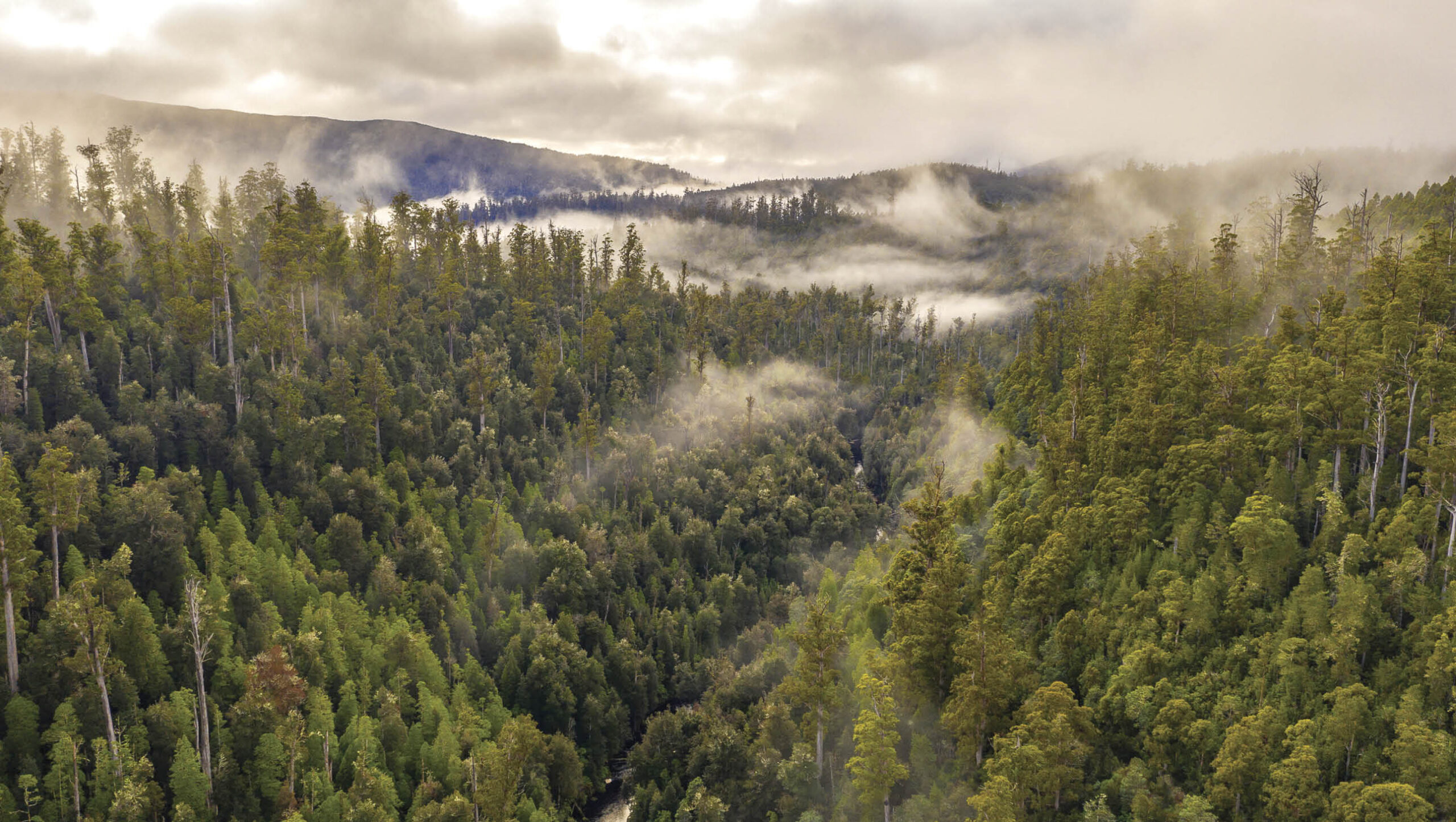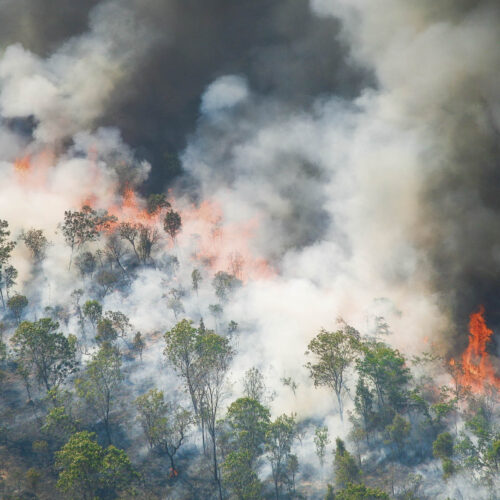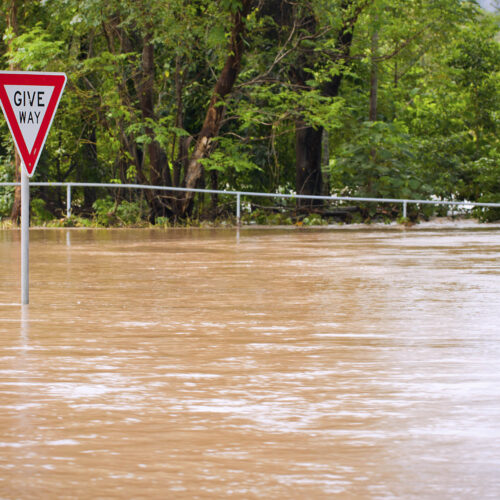Native forests for climate
2023-10-25T03:16:23+11:00
Reese Halter argues the case for the end to native forest logging in Australia, discussing how it would dramatically benefit our fight against climate change while saving our beautiful trees.
A national movement is afoot to end native forest logging in Australia. The world is eagerly and attentively watching.
Aussies are bold. In 1978, they quit whaling, a cruel extinction-driven industry. Five years and 1217 arrests later, large and sustained non-violent protests against the Franklin River dam succeeded. The newly elected Hawke government read the public sentiment, intervened and the project was abandoned in 1983.
Fast forward 40 years, and 80 per cent of the Australian voters are worried about climate breakdown. Understandably, since currently 50 per cent of the planet’s oceans are enduring marine heatwaves, and firestorms are scorching countries from Greece to Canada. What if Australia’s climate action plan harnessed nature’s robust drawdown to remove rising atmospheric CO2?
A low-tech solution of ending native forest logging would immediately meet the Albanese government’s net-zero 2050 target. It seems a no-brainer to allow native forests to swallow and stockpile carbon. It’s what they do best. In addition, to live up to that 2050 climate commitment, each of us and all industries must reduce emissions, straightaway.
ANU ecologist, professor David Lindenmayer agrees, “Ending native forest logging will allow us not only to reach our 43 per cent greenhouse gas emissions reduction target [by 2030], but also to offset 14 per cent of our fossil fuel emissions.”
That’s why WA and Victoria have prudently committed, year-end, to ending native forest logging.
Australian native forests are amongst the most carbon-dense vaults on the globe. Big old trees are outstanding at inhaling and storing carbon, and supporting the global water cycle. Astonishingly, for each tonne of wood, one thousand water tonnes were filtered and fed into the sky!
According to The Australia Institute’s 2020 open letter ‘The opportunity for Australia’s native forests’, Australia’s timber needs can all be met from existing plantations. That’s heartening news because logging native forests stokes global heating by unlocking soil carbon, which seeps into the atmosphere for hundreds of years after felling. Moreover, native forests are more flammable for up to 70 years after they are logged, adding to global heating.
The good news is that switching from logging to protecting native forests as long-term carbon store-houses will require a new skilled workforce in rural and regional Australia. Some personnel will manage the carbon stocks, including regular measurements that assess the storage capacities over time. Others will crucially serve within fire protection. Monitoring the health of forests, especially insect outbreaks, will require specialised workers, too. Reforesting extensive areas of former forests and those that have burned repeatedly will depend upon spirited tree planters.
Native forests are homes for 1490 threatened and endangered animals and plants. Ending logging within these forests will slow down the mass extinction. Above all, protecting native forests for climate will help avert the worst possible climate catastrophes. Economically, ecologically and morally it’s the precise moment to safeguard Australia.
Reese’s opinion piece first appeared in our Early Summer 2023 issue (OG 145), along with many practical solutions so that we can help the environment in our own backyards — you can get a copy delivered to your door here!







